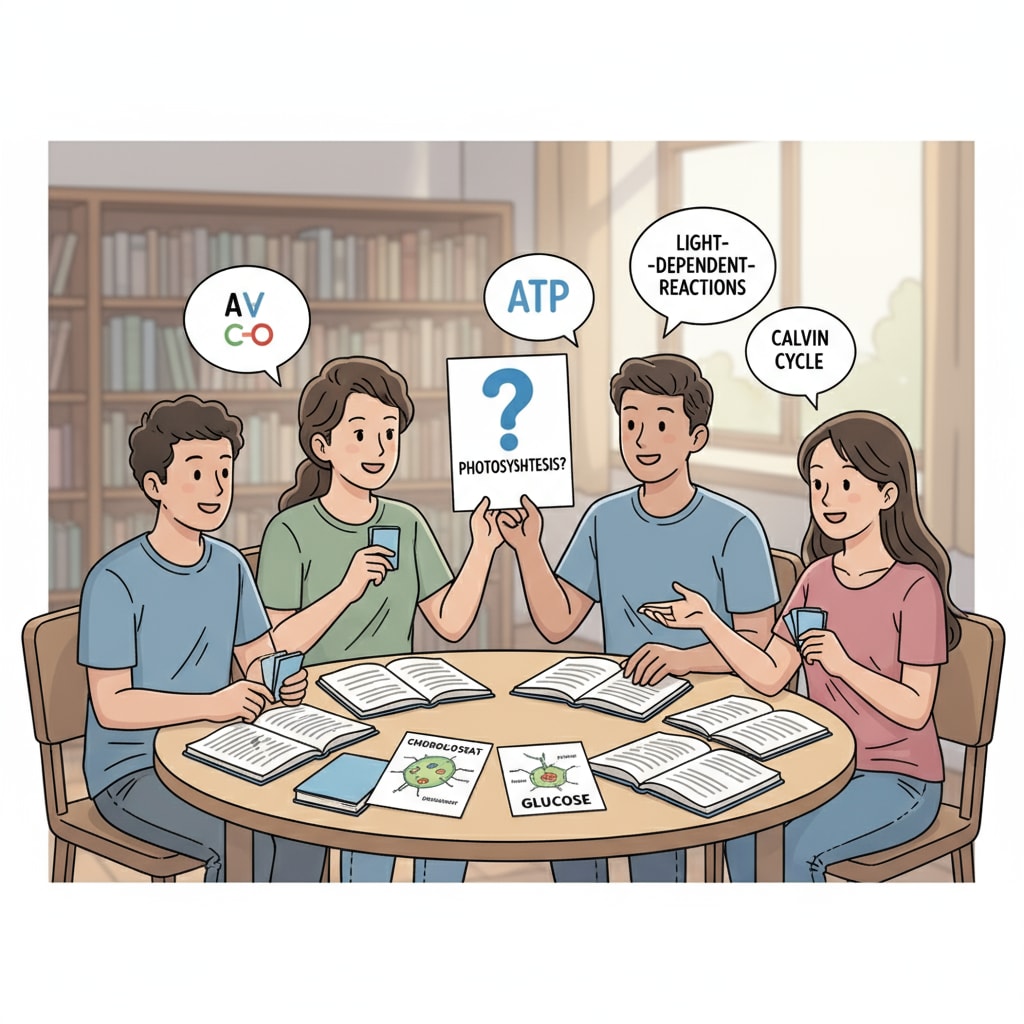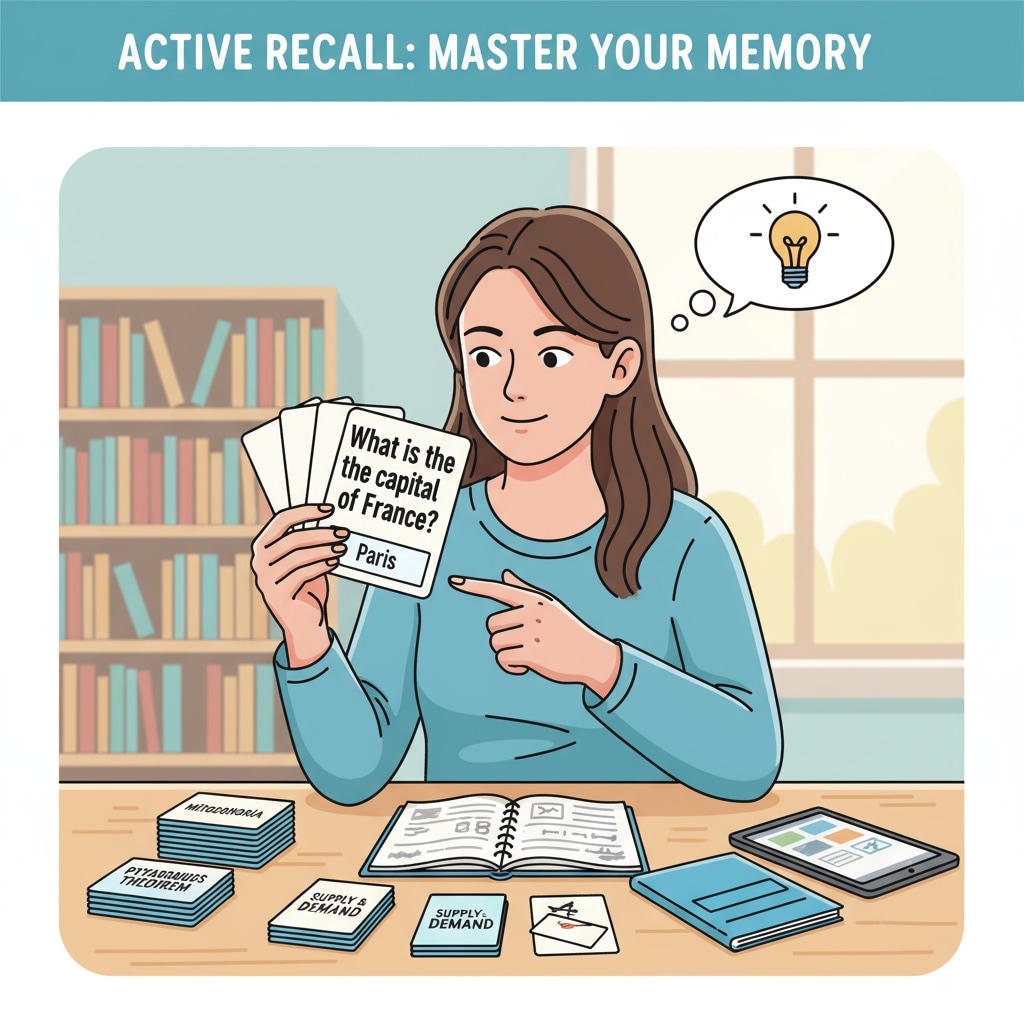Law school learning, active recall, and spaced repetition are concepts that can bring about a significant transformation in the way students approach learning, especially when applied to K12 education. For years, traditional passive reading has been the norm in many educational settings. However, research and experience from law school learning have shown that a shift towards active recall and spaced repetition can lead to more effective learning outcomes.

The Limitations of Passive Reading in K12 Education
In K12 education, passive reading is often the go-to method for students to acquire knowledge. They sit through classes, read textbooks, and listen to lectures. However, this approach has its limitations. Passive reading rarely encourages deep understanding or long-term memory. Students may forget what they’ve read soon after, as they are not actively engaging with the material. For example, a student who reads a chapter in a history textbook may be able to answer basic questions immediately after reading, but a week later, they struggle to recall the key points. This is because passive reading doesn’t require the brain to process information in a way that promotes retention. As a result, students often find themselves repeatedly studying the same material without much improvement in their understanding or memory.
Active Recall: A Game-Changer in Learning
Active recall is a powerful learning strategy that involves retrieving information from memory without the aid of external cues. In law school, students are trained to actively recall legal concepts, cases, and arguments. This helps them internalize the knowledge and be able to apply it in various scenarios. In K12 education, active recall can be implemented in several ways. For instance, students can use flashcards to quiz themselves. They write a question on one side and the answer on the other. By regularly going through these flashcards, they are forced to recall the information. Another way is through self-testing. After reading a section of a textbook, students can create their own questions and answer them. This not only helps them remember the information but also forces them to think critically about it. According to Wikipedia’s entry on Active Recall, active recall strengthens the neural connections associated with the learned information, making it easier to retrieve in the future.

Spaced Repetition: Enhancing Long-Term Memory
Spaced repetition is another key strategy borrowed from law school learning. It involves reviewing information at increasing intervals over time. The idea is that by spacing out the reviews, the brain has more time to consolidate the information into long-term memory. In K12 education, teachers can use spaced repetition software or simply plan out review schedules for students. For example, after learning a new math concept, students can review it the next day, then a week later, then a month later. This way, the information is reinforced at different stages, making it less likely to be forgotten. As stated in Britannica’s article on Spaced Repetition, spaced repetition optimizes the learning process by targeting the forgetting curve.
When these strategies of active recall and spaced repetition are combined and applied to K12 education, they can have a profound impact. Students are no longer passively consuming information but are actively involved in the learning process. They are more likely to retain knowledge in the long term and develop better critical thinking skills. This transformation from “reading” to “questioning” – where students are constantly challenging themselves to recall and understand information – can set them on a path to academic success.
Readability guidance: This article uses short paragraphs to make the content more digestible. Lists could be further added in future improvements to summarize key points more clearly. The passive语态 has been minimized, and transition words like “however,” “for example,” and “as a result” have been used to enhance the flow of the article.


